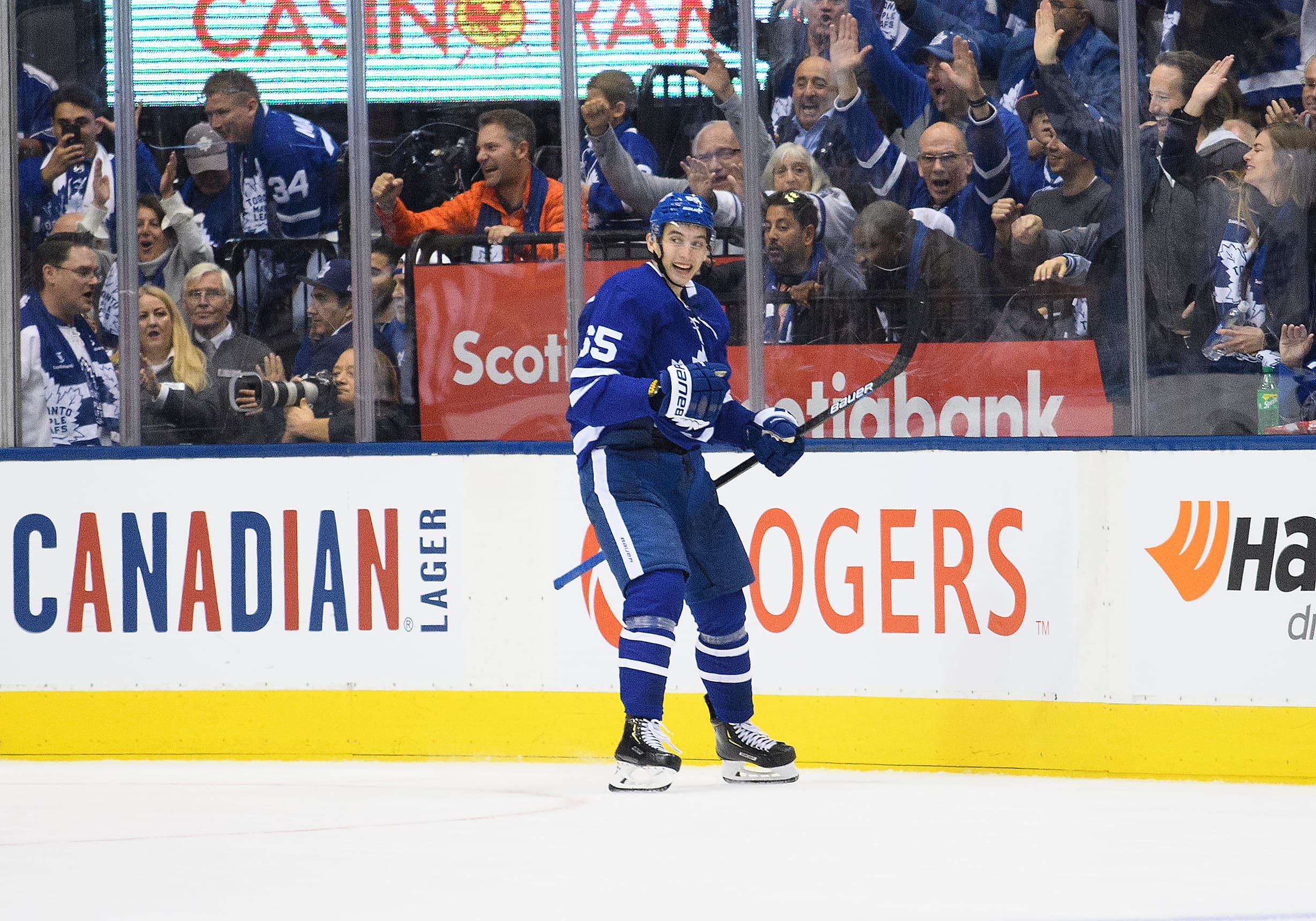The All European Free Agent Team
Photo credit: © Nick Turchiaro-USA TODAY Sports
Jun 24, 2020, 09:00 EDT
Recent articles from Earl Schwartz
Breaking News
- Craig Berube indicates Anthony Stolarz is progressing, still not skating
- Joseph Woll ready to move on after first postseason loss since 2023
- Brad Marchand says Panthers expected tough Game 3 vs. Maple Leafs: ‘They’ve got that killer instinct now’
- Craig Berube felt Maple Leafs weren’t direct enough in Game 3 OT loss
- 5 takeaways from Leafs-Panthers Game 3: An electrifying start squandered in Sunrise
